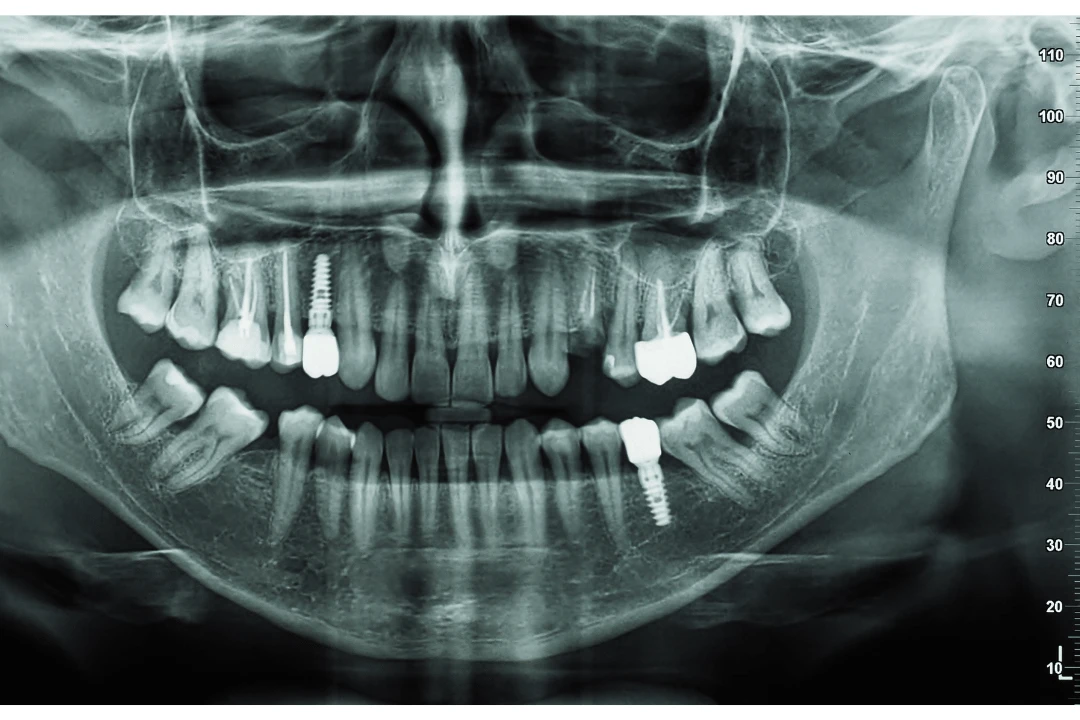Maxillofacial fractures

Understanding Maxillofacial Fractures
The face and jaw are intricate structures composed of bones that are vulnerable to fractures due to their prominent positioning. Maxillofacial fractures can involve the jawbones (mandible and maxilla), cheekbones (zygomatic bones), nose, orbital bones, and more. These fractures can result from accidents, falls, sports injuries, and assaults.
The Role of Maxillofacial Surgery
Maxillofacial surgery is a specialized field within oral and dental care that focuses on treating conditions affecting the face, jaw, and oral cavity. For fractures, maxillofacial surgeons are uniquely trained to address complex facial injuries, utilizing advanced techniques to restore both form and function.
Types of Maxillofacial Fractures
Maxillofacial fractures can be categorized based on their location and severity:
Mandibular Fractures:
These involve the jawbone and can occur at different points along its length.
Maxillary Fractures:
These affect the upper jawbone and can involve the cheekbones, nose, and orbital rims.
Orbital Fractures:
These affect the bones surrounding the eye, potentially leading to double vision or sunken appearance.
Zygomatic Fractures:
These involve the cheekbones and can lead to asymmetry or changes in facial contours.
Nasal Fractures:
These affect the bones of the nose and can impact both appearance and breathing.
Panfacial Fractures:
These involve multiple facial bones and may require comprehensive surgical approaches.
The Maxillofacial Fractures Repair Procedure
The process of repairing maxillofacial fractures involves several stages:
Evaluation and Diagnosis:
A thorough examination, including imaging studies like X-rays and CT scans, is conducted to assess the extent and location of the fracture.
Anesthesia:
Local or general anesthesia is administered to ensure the patient's comfort during the procedure.
Surgical Approach:
The surgical approach varies based on the type and location of the fracture. Incisions are strategically made to access and repair the affected bones.
Bone Realignment:
The surgeon meticulously repositions the fractured bones to their correct alignment. In some cases, plates, screws, or wires may be used to secure the bones.
Soft Tissue Repair:
If the fracture involves soft tissues, such as the oral mucosa or facial muscles, these are also repaired during the procedure.
Closure:
The incisions are closed with sutures, and dressing may be applied to protect the surgical site.
Benefits of Maxillofacial Surgery for Fractures
Restoration of Form:
Surgery aims to restore the pre-injury appearance, minimizing visible deformities and asymmetry.
Functional Improvement:
Repaired fractures often lead to improved jaw movement, biting, chewing, and speech.
Oral Health Preservation:
Fractures that affect the jaw's alignment can impact dental occlusion. Surgery helps preserve oral health and prevent complications.
Vision and Breathing Correction:
Surgery for orbital and nasal fractures can correct visual disturbances and breathing difficulties.
Psychological Well-being:
Restoring facial appearance can have a positive impact on self-esteem and psychological well-being.
Recovery and Aftercare
Recovery after maxillofacial surgery varies based on the extent of the fracture and the surgical approach. Swelling, discomfort, and mild bruising are common after the procedure. Patients are provided with post-operative care instructions, which may include pain management, dietary guidelines, and oral hygiene instructions. Follow-up appointments are essential to monitor healing and address any concerns.
Maxillofacial surgery for fractures goes beyond physical appearance, as it plays a crucial role in restoring both form and function to the facial region. By seeking the expertise of a skilled maxillofacial surgeon, patients can regain their confidence, oral health, and overall quality of life. If you or a loved one has suffered a maxillofacial fracture, exploring the benefits of maxillofacial surgery can pave the way for a transformative journey toward recovery and well-being.
